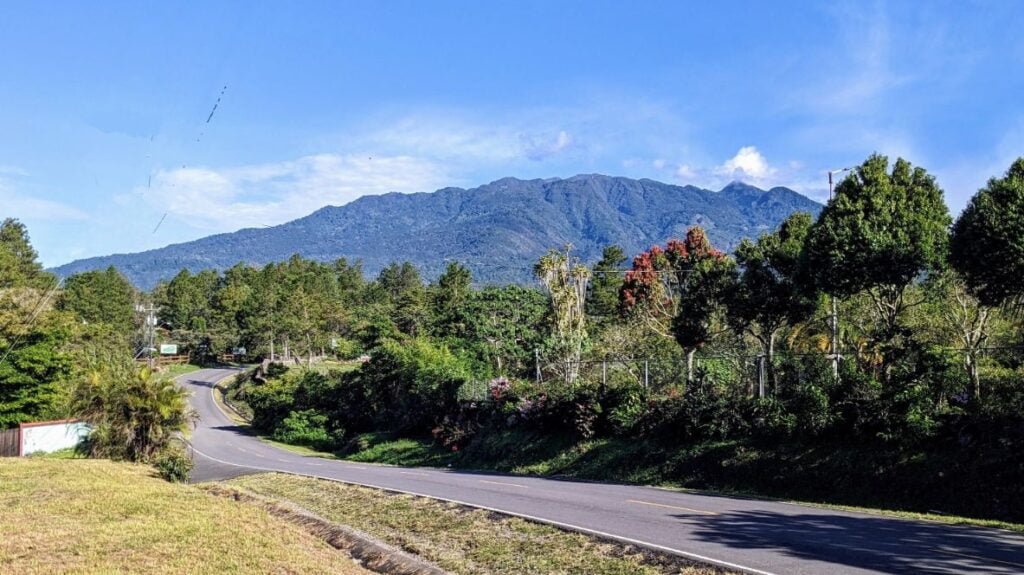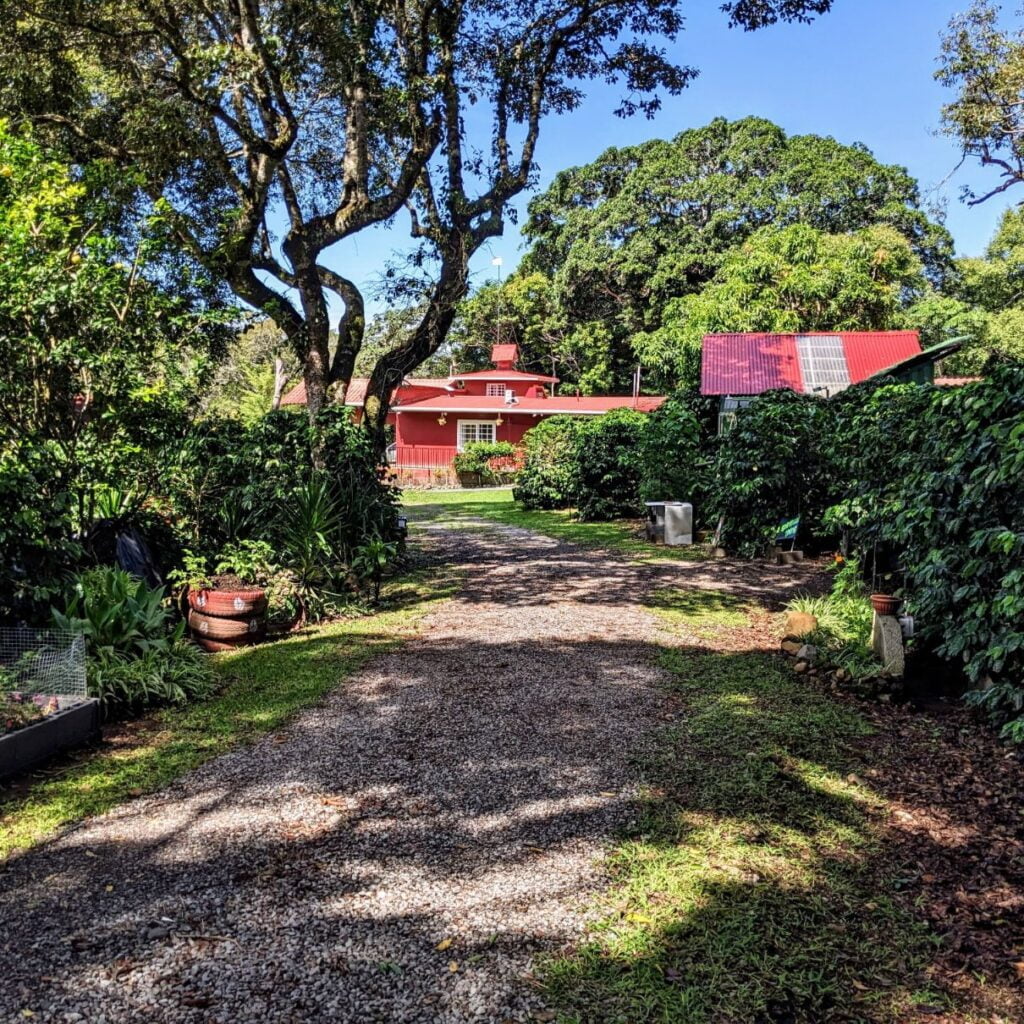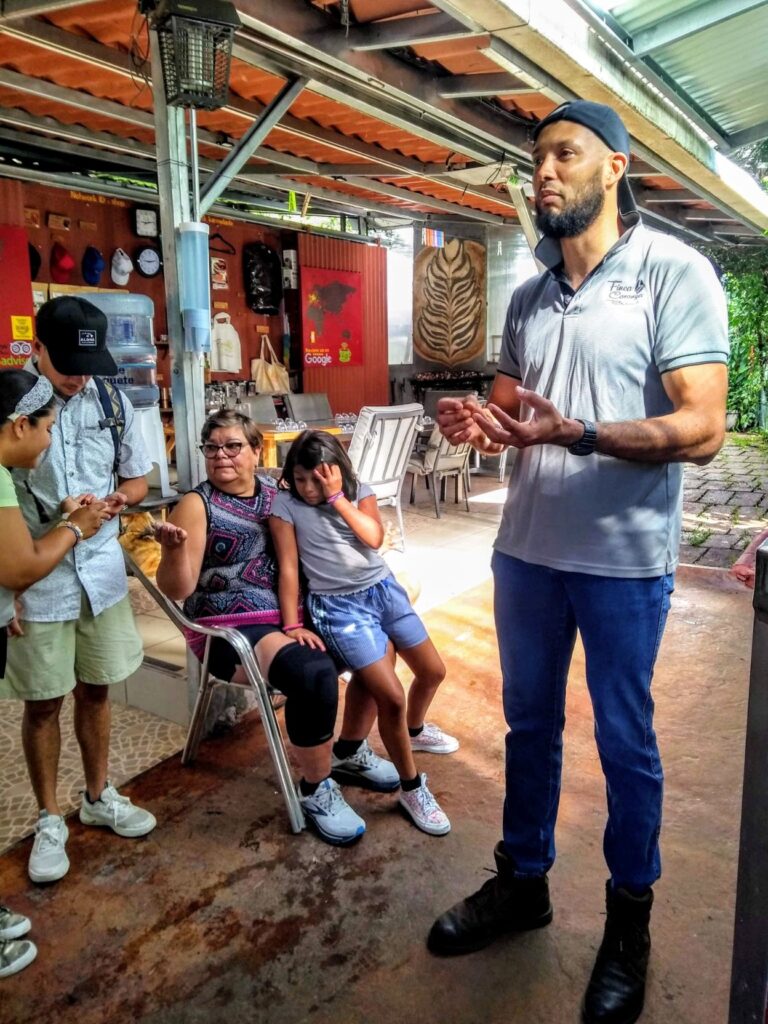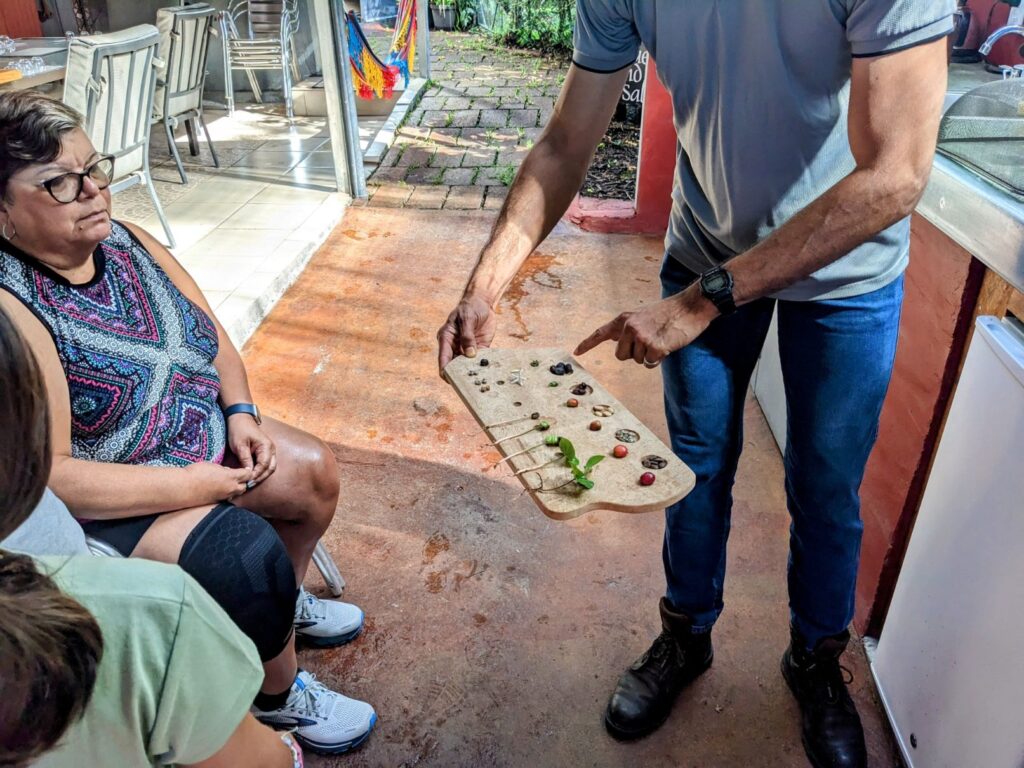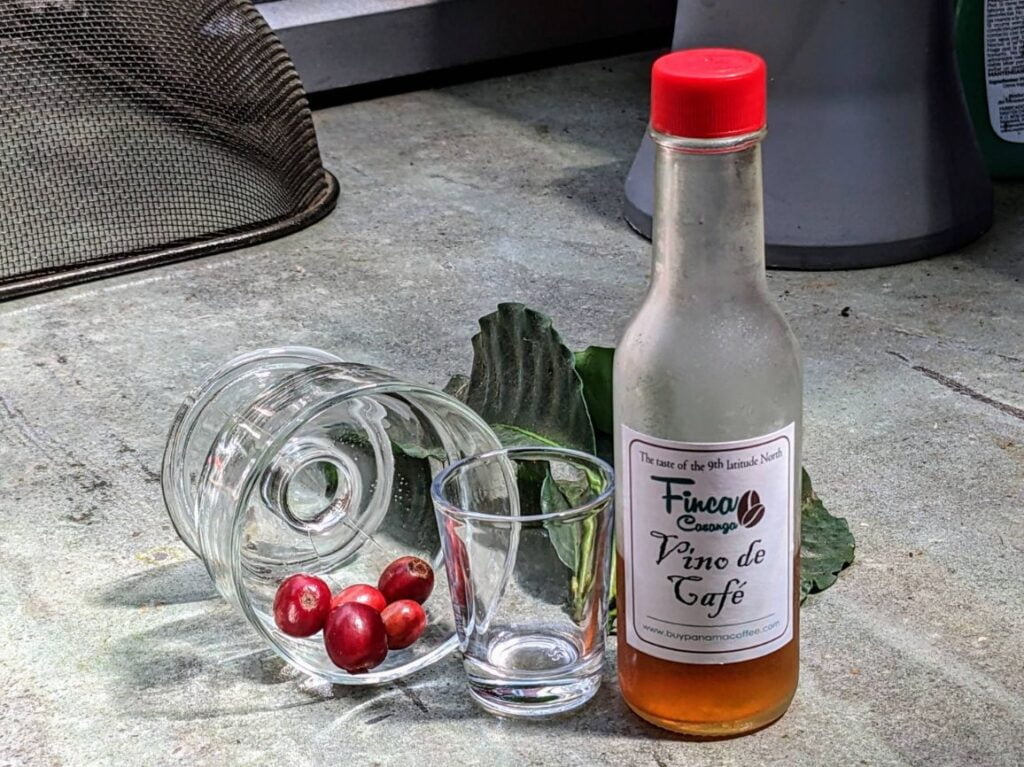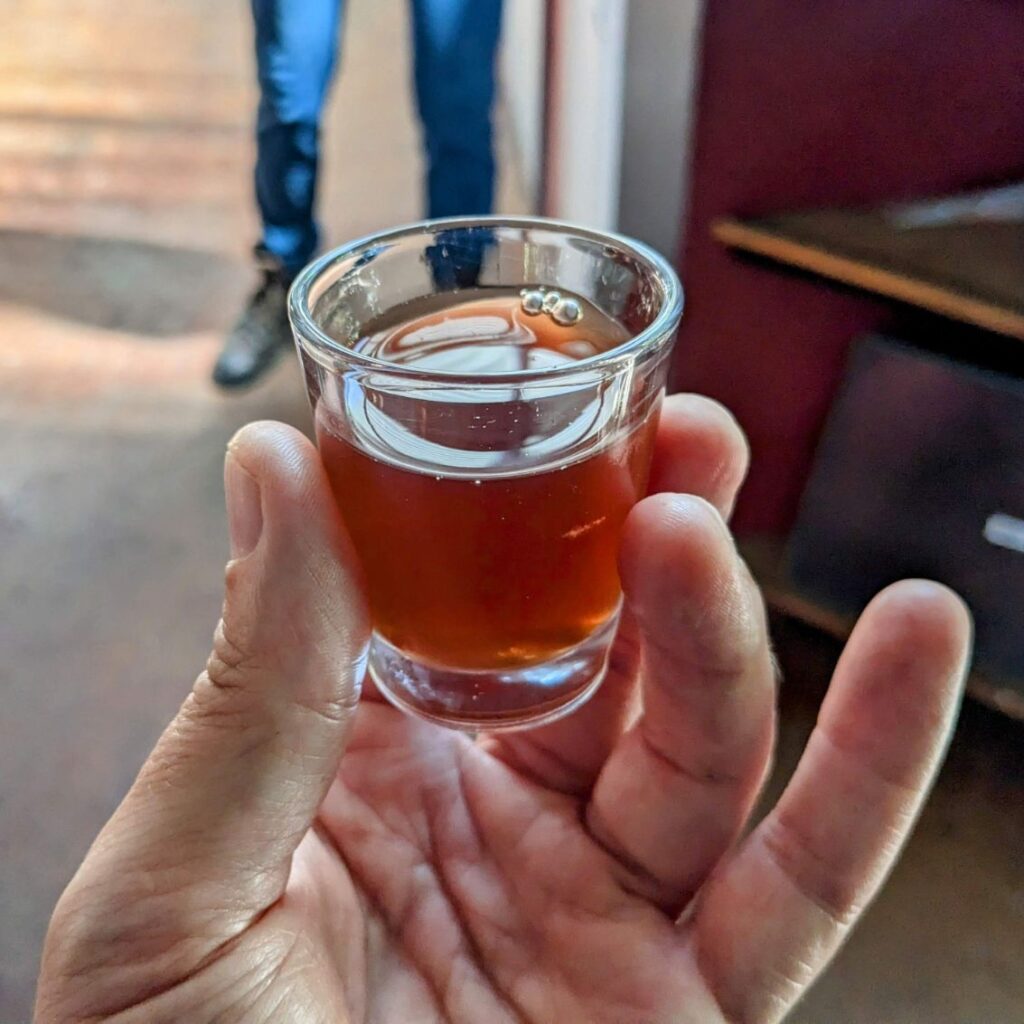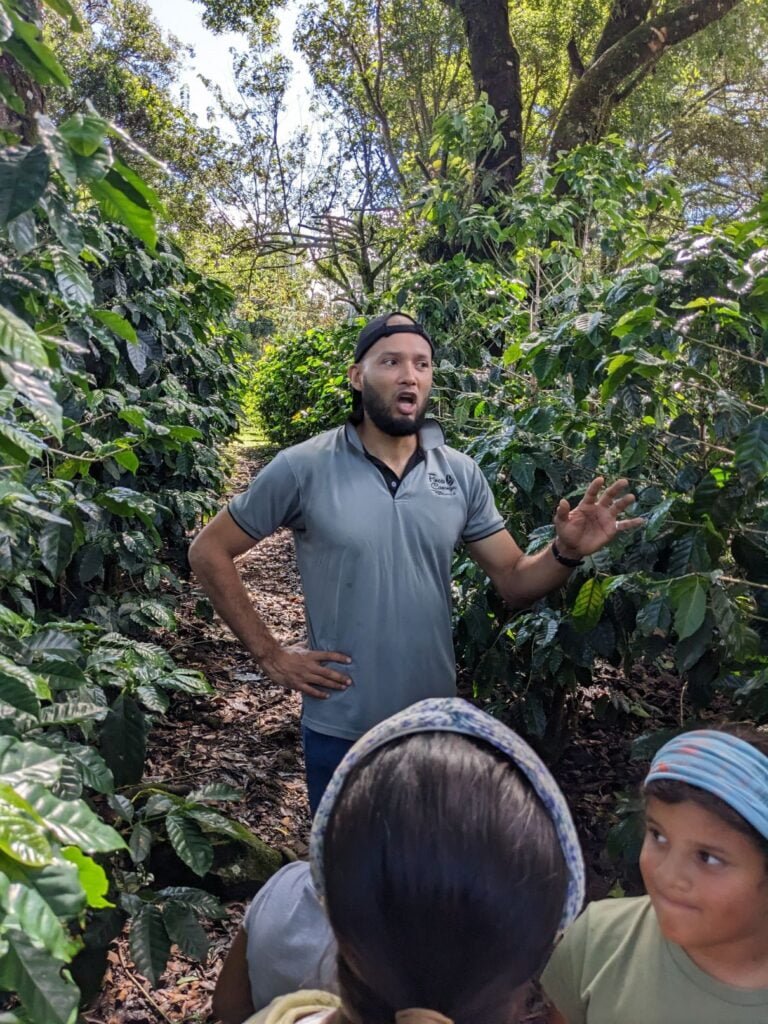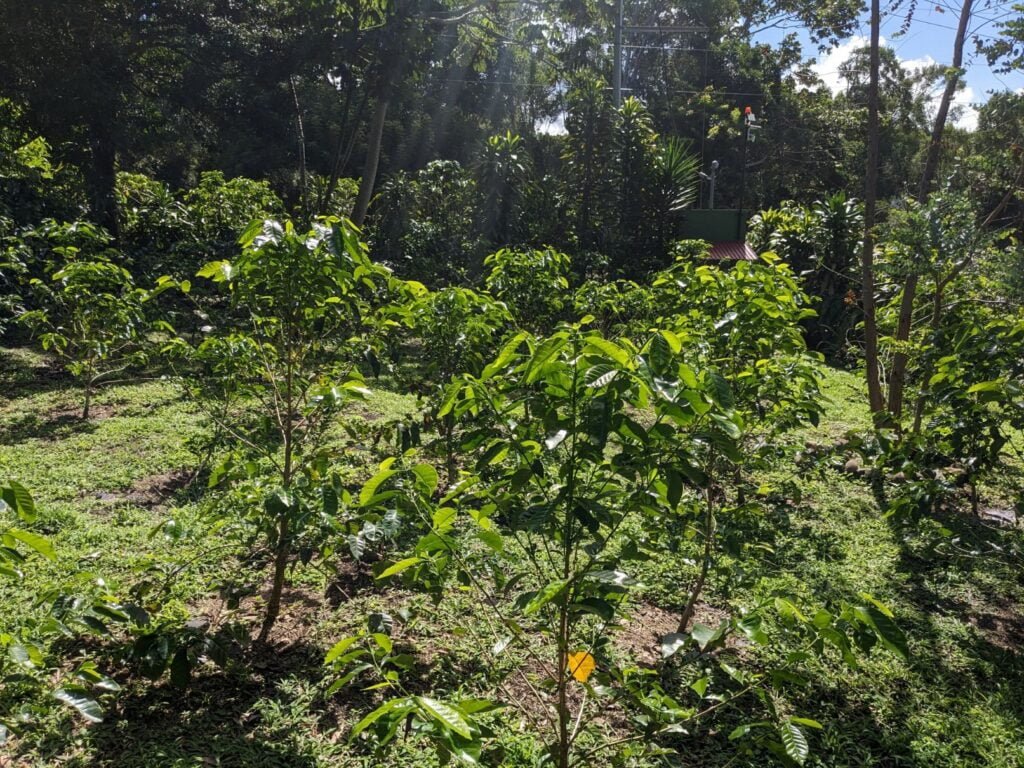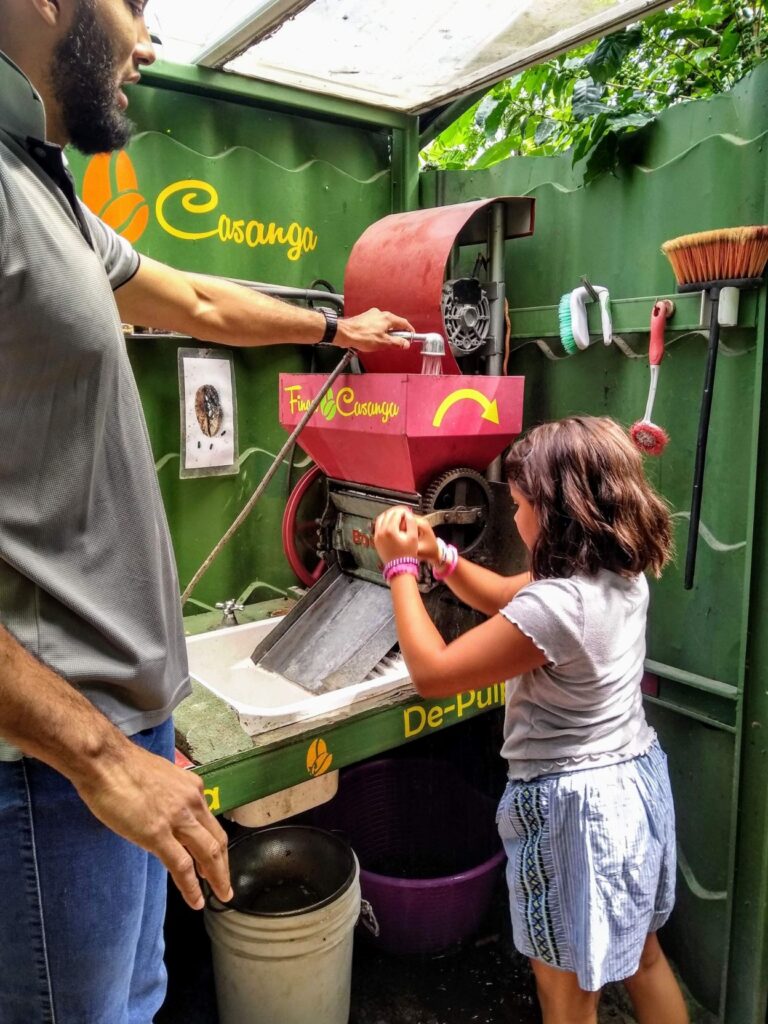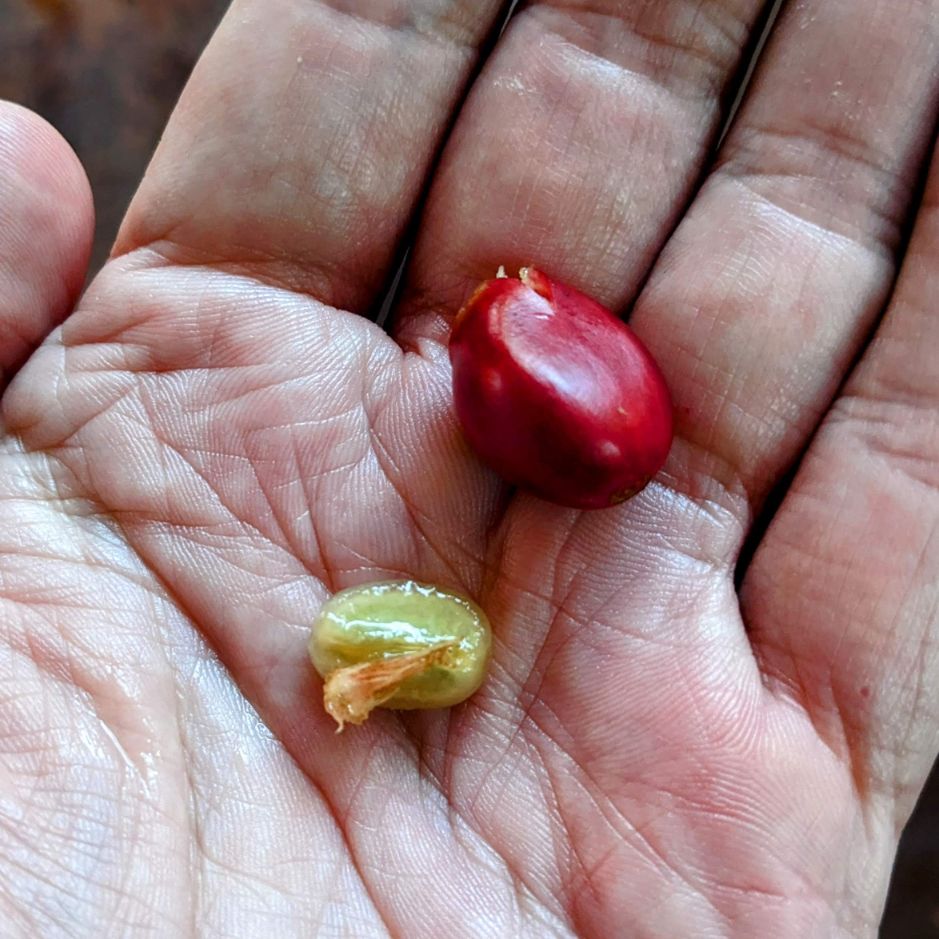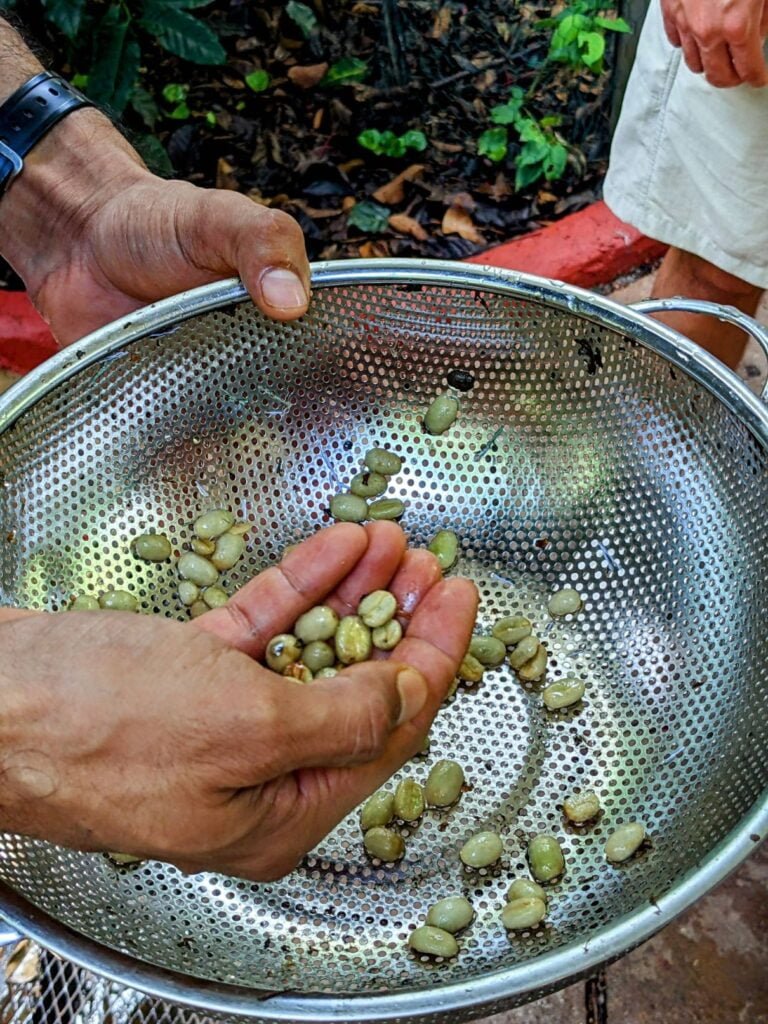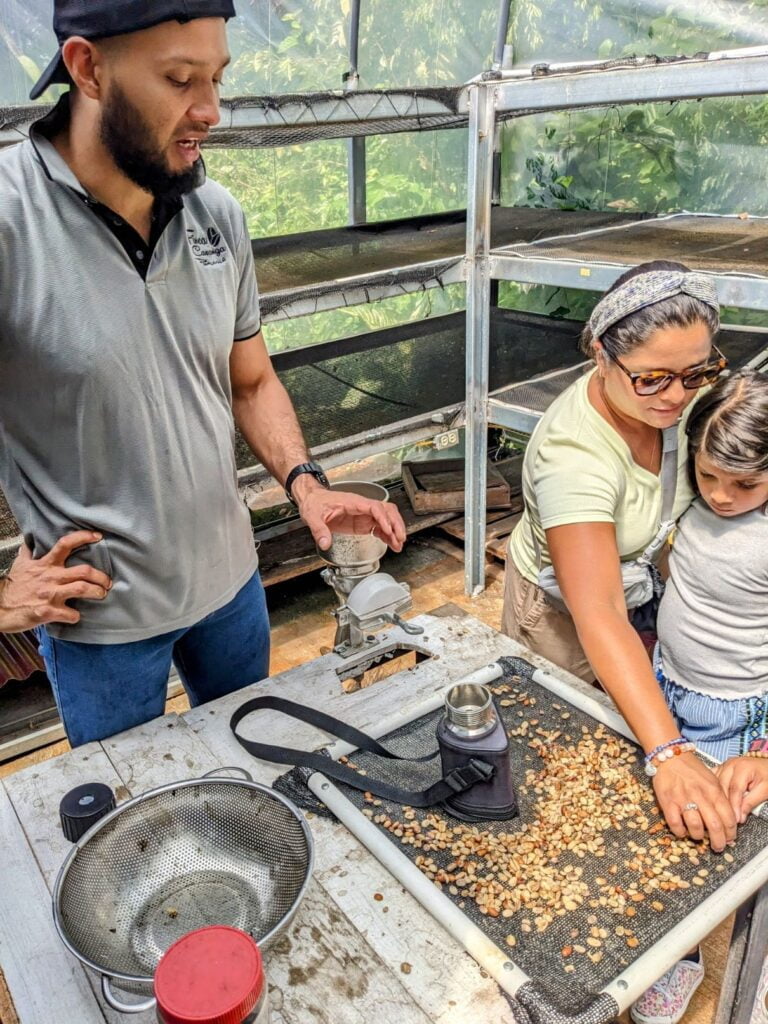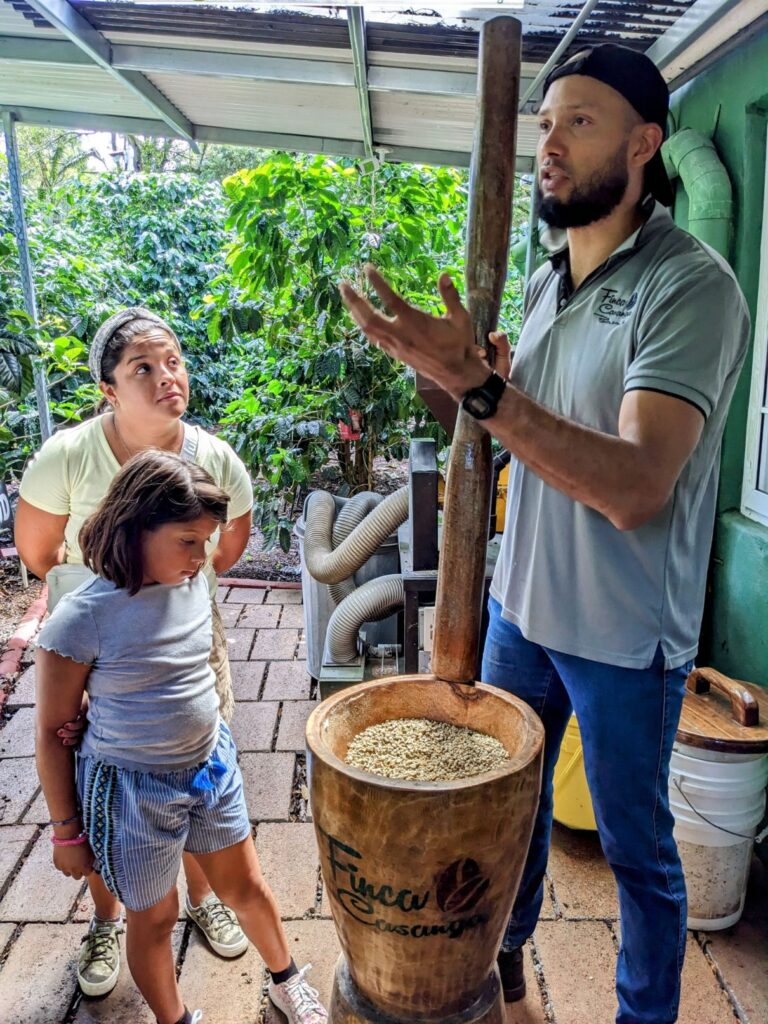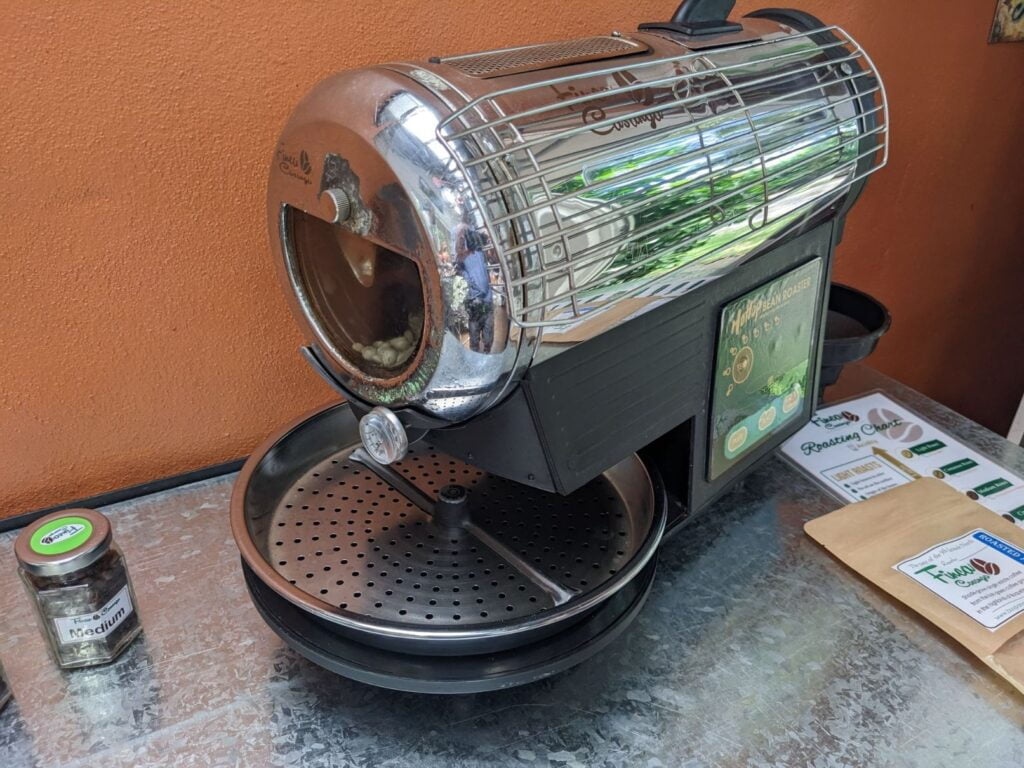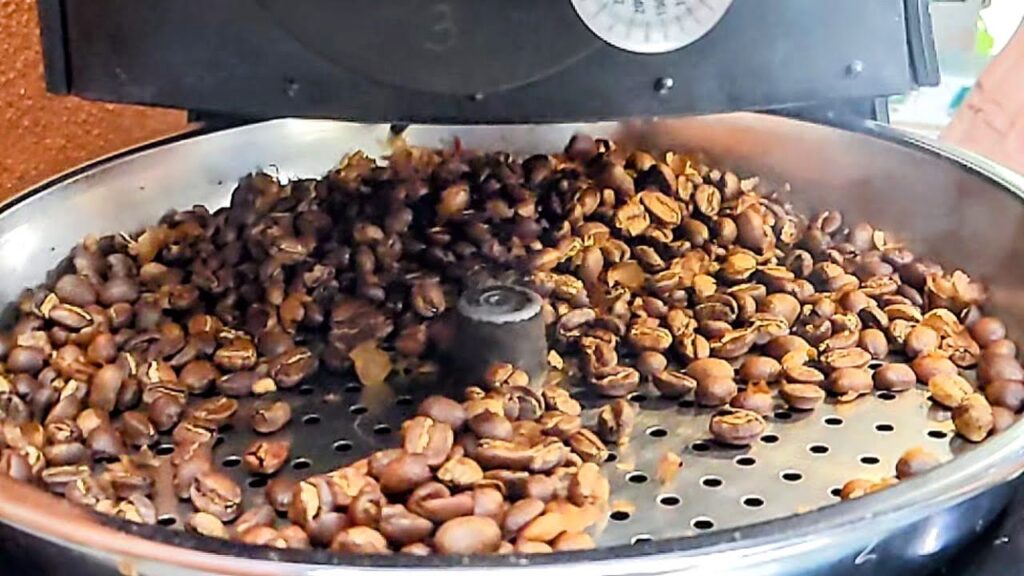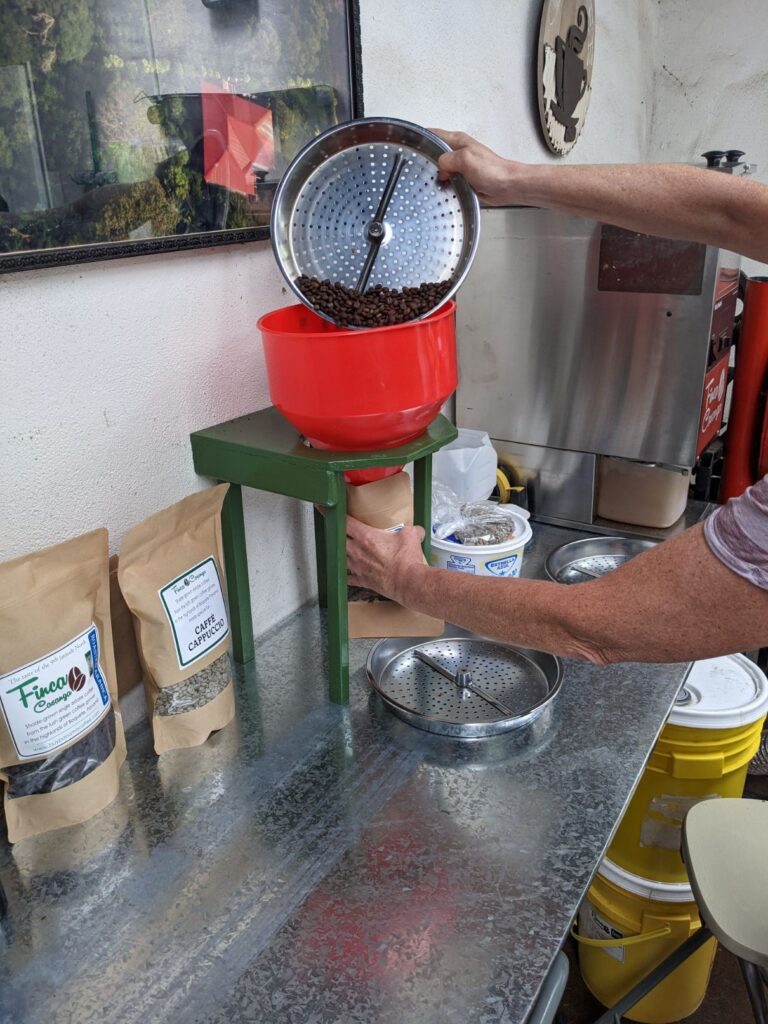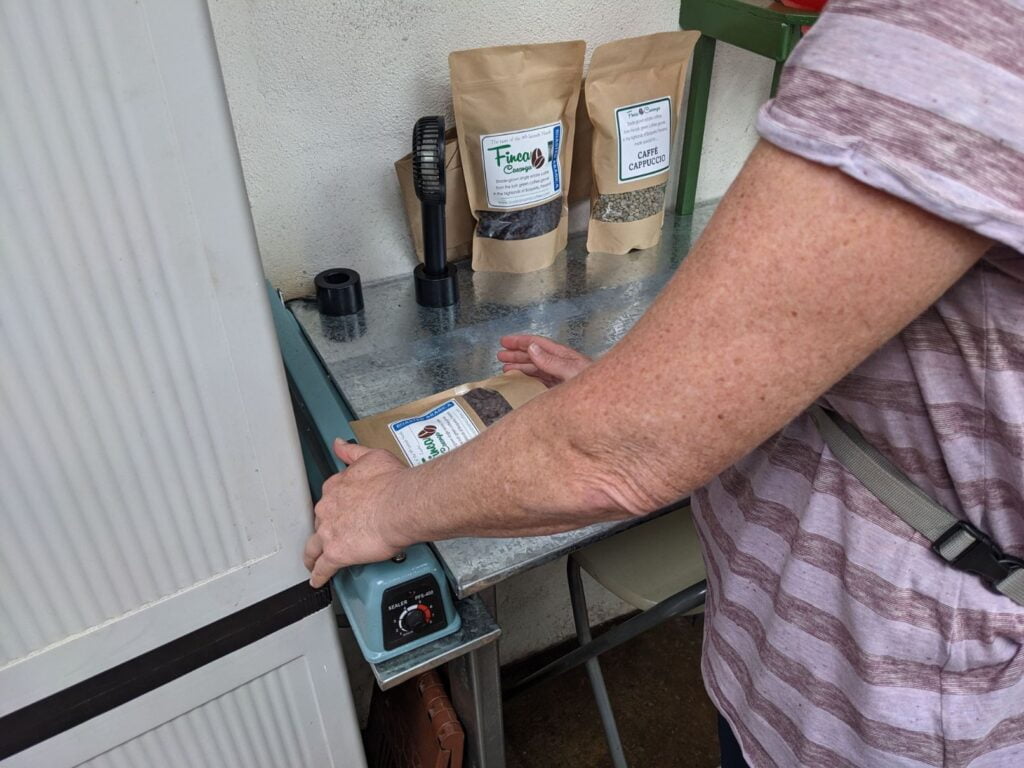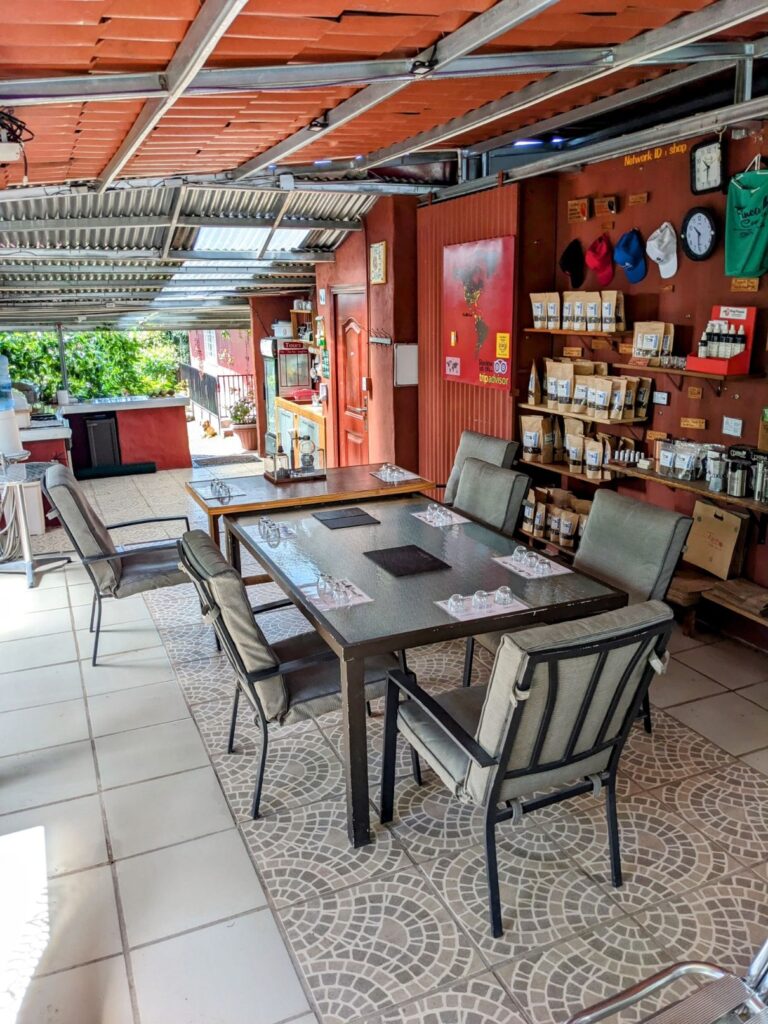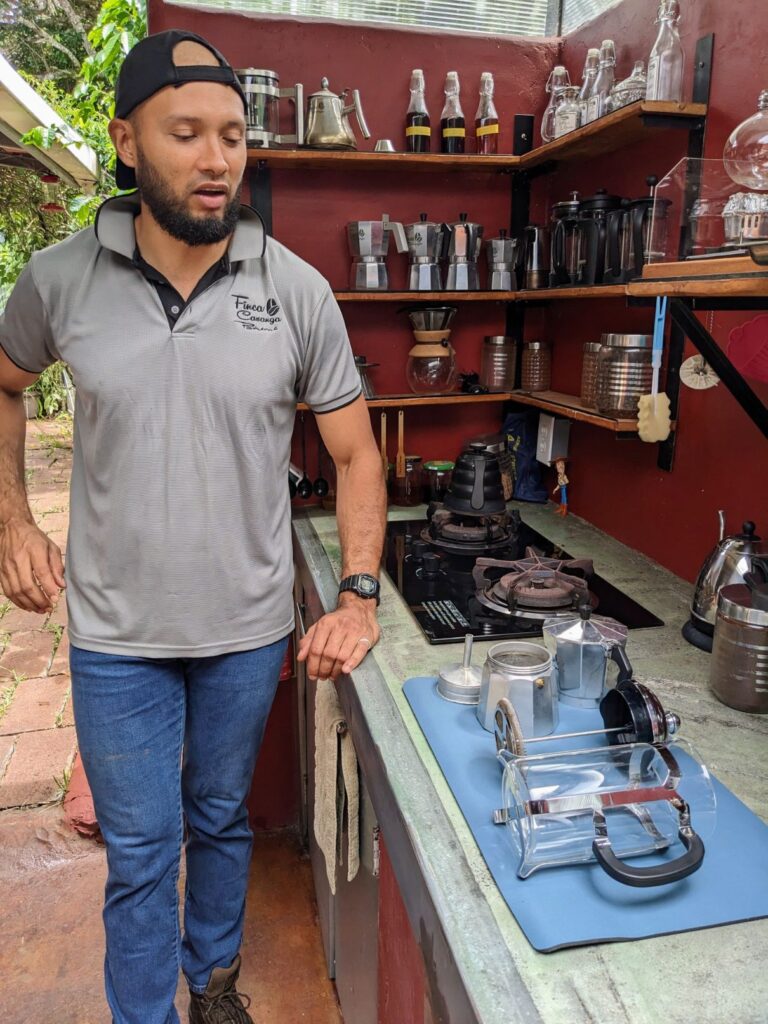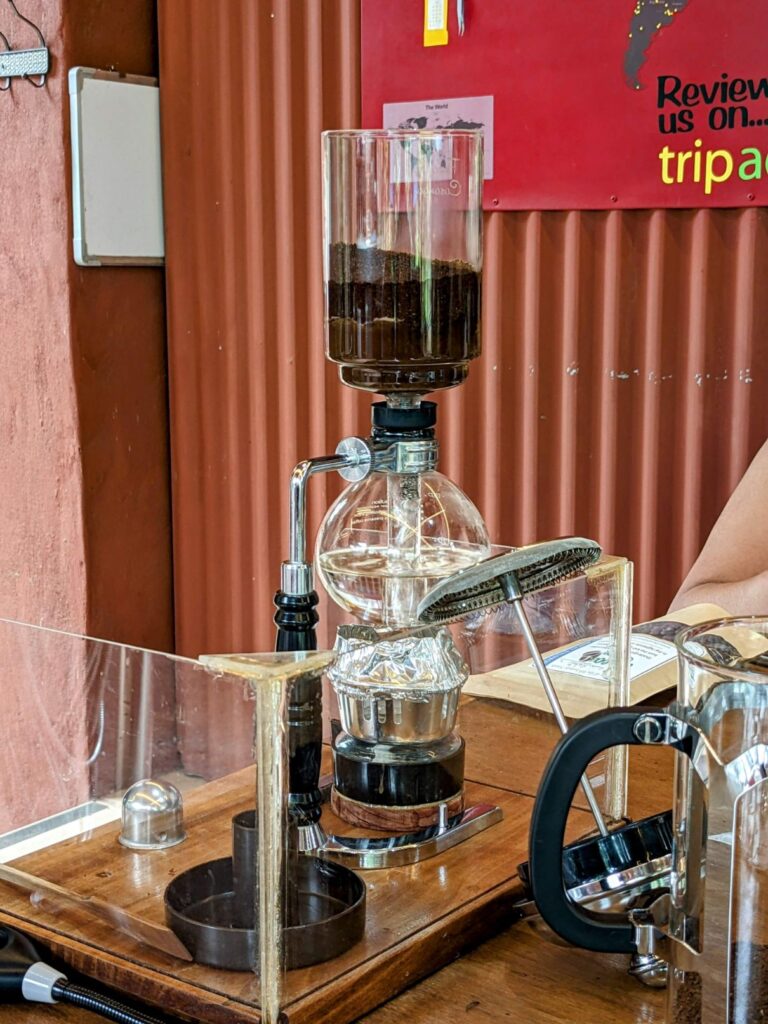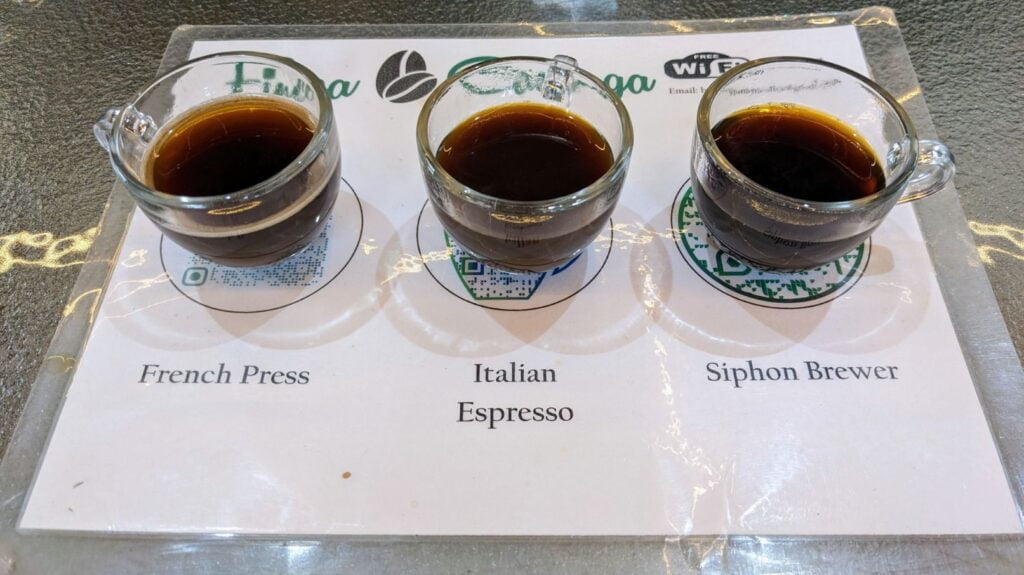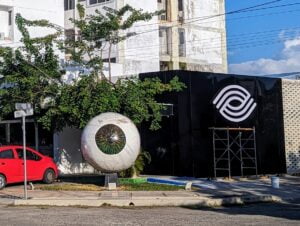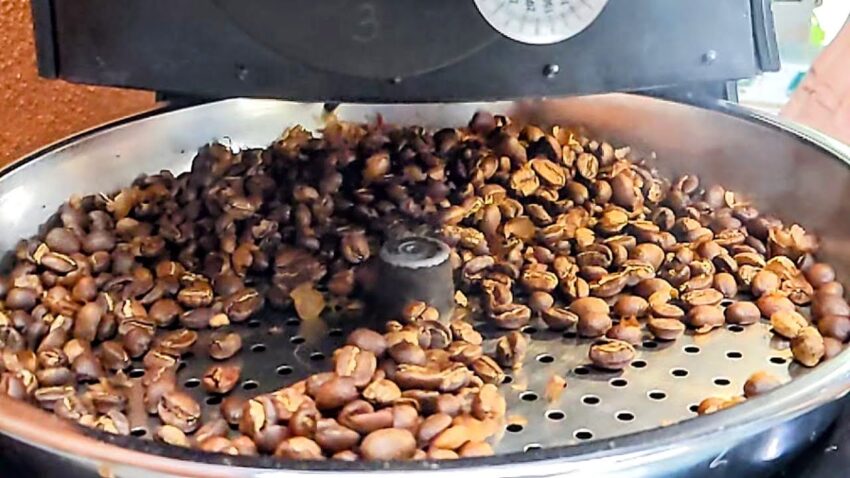
Getting Buzzed at the Finca Casanga Coffee Farm
In our last post, we mentioned that we wanted to take a coffee tour in Boquete, Panama since we are in one of the best places to grow coffee in the world. And a few days ago we made it happen, at the Finca Casanga coffee farm just down the road (and up the mountain) from us!
It was a really cool experience.
Let us walk you through what we did and how we did it!
To be honest, we didn’t exactly do a ton of research on which coffee finca (= farm) was best in the area to tour. But we knew avoiding the Boquete wet season afternoon downpour was a priority.
So when we saw that one of the more popular choices, Finca Casanga, was only 1.5 miles (2.4 km) from our Airbnb we decided to check it out.
Booking a Tour and Getting to Finca Casanga
You can’t just walk into Finca Casanga and expect to get a tour.
In June, Finca Casanga coffee tours are only offered twice per day, at 9 am and 1 pm. And you have to book your tour through the Finca Casanga website.
We booked two English language Monday 9 am tours (at $35 USD each) because the morning weather is always perfect!
For most people, you have to get to Finca Casanga on your own. But they offer a free pickup/dropoff service from Plaza San Francisco near our Airbnb, so we selected that option.
When the day of our tour came, the owner of Finca Casanga picked us up in his truck at 8:45 am sharp. This was a good thing since the mountain gravel road that leads to the farm really isn’t suitable for cars without decent ground clearance!
The Finca Casanga Coffee Tour
We shared our tour with a family of 5 from Miami, Florida, consisting of 2 parents, one grandmother, and two grade-school-age kids.
They were lovely people, and the small size of the group was ideal for a hands-on tour like this.
After we all made our introductions, one of the staff members, Enrique, led our tour for the rest of the morning.
Enrique explained the process of coffee plant growing, and why the mountains of Boquete are ideal for some of the most desirable (and expensive) species of coffee plants.
And among the types of arabica coffee they grow, the expensive Geisha coffee is one of them.
But it isn’t a priority.
They admit that with their soil and elevation, while fantastic for arabica in general, are not quite perfect for the finicky needs of Geisha. Meaning, that the flavor profile is not quite the same as Geisha which costs $2,500+ USD per pound.
During Enrique’s presentation, it really struck us how many similarities there are between growing coffee plants for coffee and growing grapes for wine. They really have all of the same types of agricultural concerns!
To further see what kinds of products could be generated from coffee plants, Finca Casanga even dabbles with making small volumes of wine from discarded coffee cherries, as well as a coffee liqueur. They only make them for experimental purposes though, and are not for sale.
We sampled both and loved them!
Enrique then took us on a tour of the coffee plantation where we picked up some coffee plant cherries.
We then used the cherries in an extraction demonstration to show how the beans are mechanically removed from the cherries.
After, we went to their greenhouse to see how they naturally dry their coffee beans…
And then continued to the mill where we were shown how to dehull the dried beans by hand.
We then went into the roasting room where we were given bags of homegrown coffee beans to roast to our own liking and take home with us.
After our coffee was roasted and bagged, we did a coffee tasting designed to show how different brewing methods generate different flavors from the same coffee beans.
We sampled coffee made with a French press (our travel go-to method), an Italian expresso maker (stovetop type), and a siphon brewer.
The differences in flavors were profound.
We liked all of them. But my favorite was the Italian expresso style (bolder flavor), while Rhonda preferred the French press.
But different beans give different results depending on the type and roast. Pretty amazing!
And finally, we ended our tasting with their homegrown Geisha coffee.
At only $20 USD per half-pound bag, the flavors weren’t as mindblowing as what we tried at La Casa del Cafe in downtown Boquete, but we still enjoyed it.
At the end of the tasting, our Finca Casanga coffee tour was officially done, lasting about 3 hours.
And of course, we bought some more coffee to take home!
Closing Thoughts About Our Finca Casanga Coffee Tour
It was a great tour!
Enrique was extremely informative, engaging, and spoke masterful English.
We learned a ton, experienced new products and interesting flavors, and thoroughly enjoyed ourselves.
And now we finally know how to properly use an Italian stovetop expresso maker!
Highly recommended. Money well spent!
Until next time…
Thanks for reading!
If our posts have saved you time, money, or are enjoyable in some other way, BUY US A COFFEE! It helps cover the costs of our blog, keeps our blog ad-free, and motivates us to continue posting about our experiences.
And leave a comment below and subscribe to get email notifications whenever we post!
Follow Two Travel Turtles on Facebook and X.
